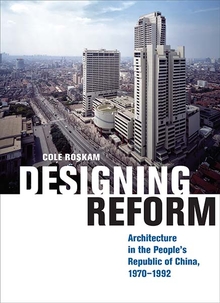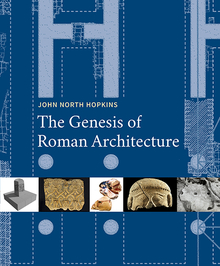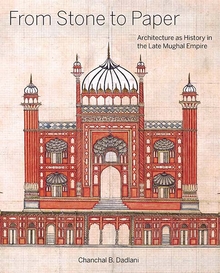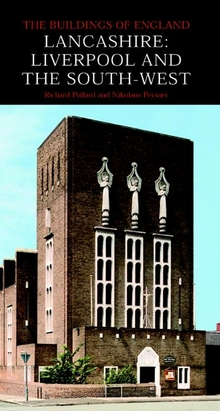Designing Reform
WARNING
You are viewing an older version of the Yalebooks website. Please visit out new website with more updated information and a better user experience: https://www.yalebooks.com
Architecture in the People’s Republic of China, 1970–1992
Cole Roskam
Investigating the rich architecture of post-Mao China and its broad cultural impact
In the years following China’s Cultural Revolution, architecture played an active role in the country’s reintegration into the global economy and capitalist world. Looking at the ways in which political and social reform transformed Chinese architecture and how, in turn, architecture gave structure to the reforms, Cole Roskam underlines architecture’s unique ability to shape space as well as behavior. Roskam traces how foreign influences like postmodernism began to permeate Chinese architectural discourse in the 1970s and 1980s and how figures such as Kevin Lynch, I. M. Pei, and John Portman became key forces in the introduction of Western educational ideologies and new modes of production. Offering important insights into architecture’s relationship to the politics, economics, and diplomacy of post-Mao China, this unprecedented interdisciplinary study examines architecture’s multivalent status as an art, science, and physical manifestation of cultural identity.
Cole Roskam is associate professor of architectural history in the Department of Architecture at the University of Hong Kong.
Publication Date: November 30, 2021
86 b/w illus.








